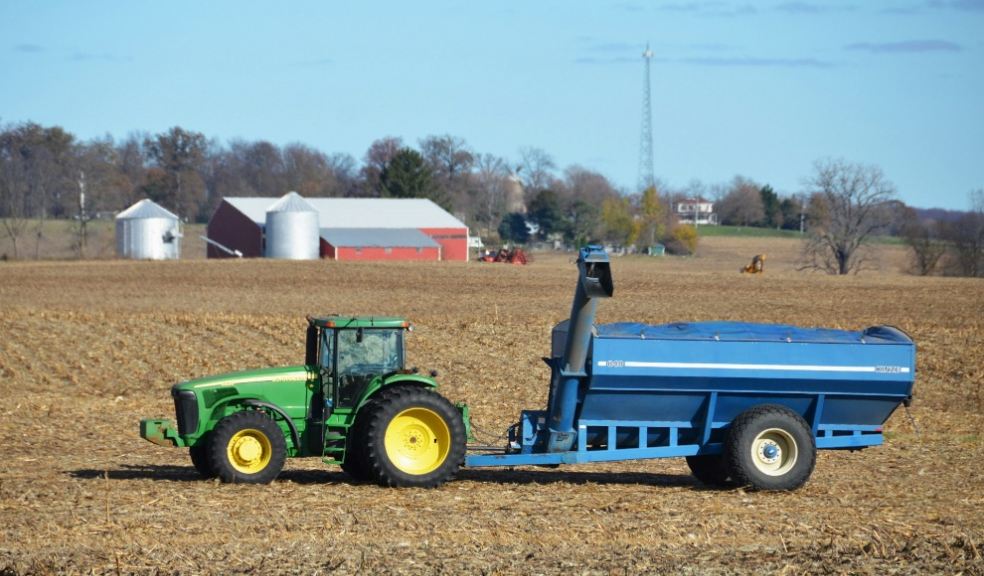
Boosting Farm Efficiency Through Smarter Infrastructure Investments
Modern agriculture is facing one of its most pivotal eras. As farmers navigate a landscape shaped by unpredictable weather, rising operational costs, and increasing pressure for sustainability, the importance of operational efficiency has never been greater. In this demanding environment, the farms that thrive are those that work smarter, not just harder.
One of the most effective ways to enhance productivity, reduce waste, and remain resilient is by investing in smarter infrastructure. From mobile water storage to secure fuel supply solutions, the right tools and systems can drastically reduce downtime, improve workflow, and help future-proof your farm. Explore the key infrastructure investments that can make a measurable difference on any-sized farm.
The Case for Smarter Infrastructure in Agriculture
Agricultural infrastructure includes essential systems like water storage, power supply, fuel management, and mobile equipment. These resources directly affect a farm’s ability to operate efficiently and respond to seasonal demands.
Poor infrastructure can lead to avoidable delays, for example, machinery downtime due to distant fuel access or disrupted irrigation during dry spells. These issues accumulate, affecting productivity and increasing the operational business costs.
Upgrading to fit-for-purpose solutions, such as bunded fuel tanks, mobile water units, or towable generators, reduces inefficiencies, improves safety, and ensures compliance with regulations. Modern infrastructure supports better resource management, allowing farmers to maintain output and reduce reliance on external services.
Key Areas to Target for Efficiency Gains
Identifying and upgrading the right parts of your infrastructure can yield immediate benefits in time-saving, cost reduction, and operational continuity. Below are several high-impact areas to focus on:
- On-Site Resource Management
Keeping essential supplies such as water, fuel, feed, and fertilisers readily available on-site is crucial. Centralising these resources helps reduce time lost to travel and waiting, particularly during high-demand periods like planting or harvest.
A practical solution in this area is the use of on-site fuel storage. Understanding your operational requirements so you can choose the right fuel bowser, or other portable or semi-permanent solution to meet your needs, allows farm machinery to be refuelled in the field. This is valuable for minimising downtime and supporting uninterrupted operations across large or remote sites.
- Weather-Resistant Storage and Equipment
Farms operate year-round, often in challenging conditions. Investing in robust, weatherproof storage for fuel, chemicals, and equipment helps protect assets from damage, reduces losses, and ensures safe compliance with environmental regulations. Bunded tanks and secure storage units are particularly effective in safeguarding against leaks and theft.
- Mobility and Field Flexibility
Mobility on the farm is increasingly important. Portable water tanks, generators, and fencing systems enable flexible operation across multiple sites. These assets reduce reliance on static infrastructure and allow farmers to respond quickly to changing conditions or urgent tasks, such as livestock care during extreme weather.
- Energy and Resource Independence
Energy and resource security are becoming increasingly important for agricultural operations. With rising fuel costs, electricity price volatility, and supply chain disruptions, farms are more vulnerable to unexpected downtime or inflated running costs.
Investing in backup power systems, such as diesel generators or solar arrays, can help maintain essential operations during power cuts or peak tariff periods. These systems are particularly valuable for farms with cold storage, automated milking units, or irrigation pumps that rely on uninterrupted electricity.
Long-Term Thinking: Future-Proofing the Farm
Agricultural infrastructure should be selected with future growth and evolving requirements in mind. As farms expand or diversify, having systems in place that can scale with production is essential. Modular storage units, extendable irrigation setups, and multi-purpose equipment offer flexibility without the need for complete replacement.
Sustainability is also a growing priority. Choosing eco-efficient equipment, such as solar-powered systems or rainwater harvesting tanks, helps meet environmental regulations while improving resource use.
Finally, infrastructure should be viewed as a long-term investment. High-quality, durable systems reduce downtime, cut repair costs, and enhance productivity over time. Whether it’s maintaining machine uptime or increasing water efficiency during dry spells, future-proof solutions deliver tangible returns across multiple seasons.#
Buying Tips for Agricultural Infrastructure
When investing in farm infrastructure, it’s important to strike the right balance between cost and quality. While lower-cost options might seem appealing in the short term, they often lead to higher maintenance expenses, shorter service life, and reduced reliability under demanding farm conditions. Infrastructure should be viewed as a long-term asset; choosing durable, well-engineered solutions will typically result in better value and performance over time.
Material selection is a critical factor. Equipment exposed to the elements should be built from weather-resistant, corrosion-proof materials such as galvanised steel, UV-stabilised polyethene, or heavy-duty composites. These materials improve longevity and reduce the need for frequent repairs or replacements.
Finally, ease of maintenance should not be overlooked. Choose systems with simple access points, minimal moving parts, and components that are easy to inspect or replace. Equipment that can be serviced on-site without specialist tools or technicians will reduce downtime and keep operations running smoothly during peak activity periods.











